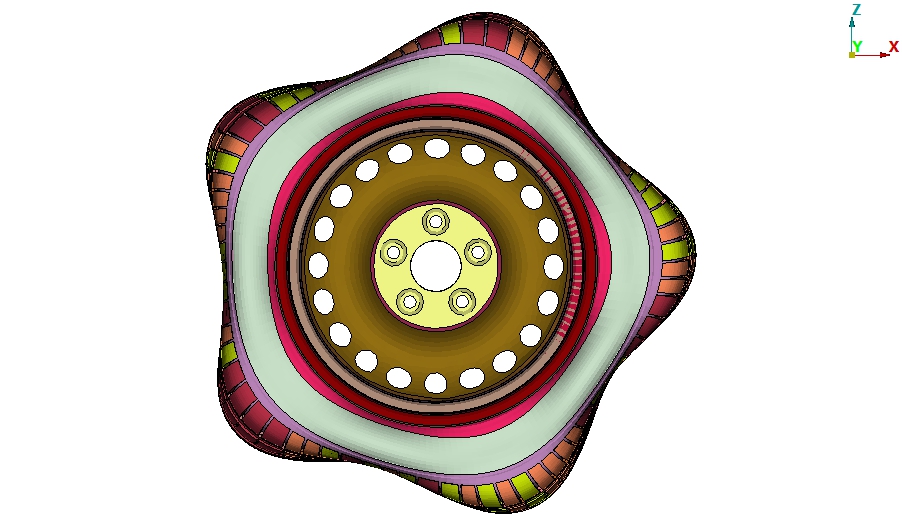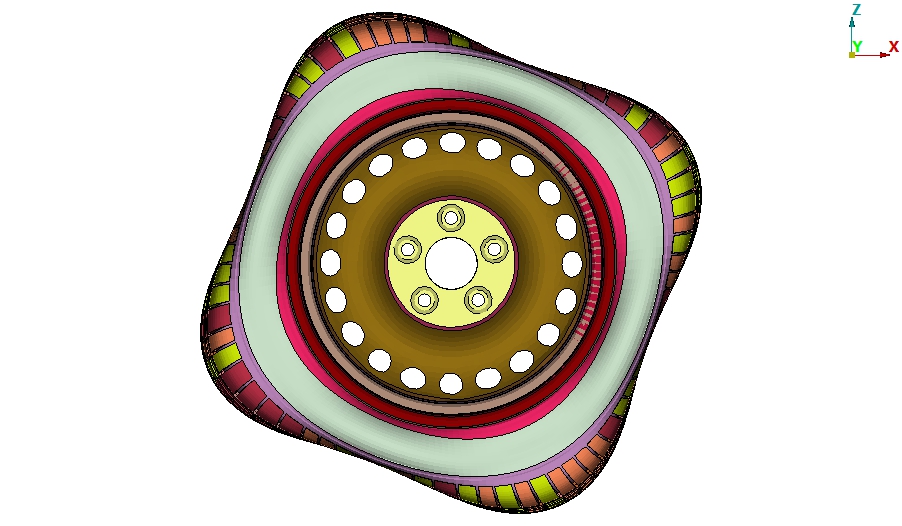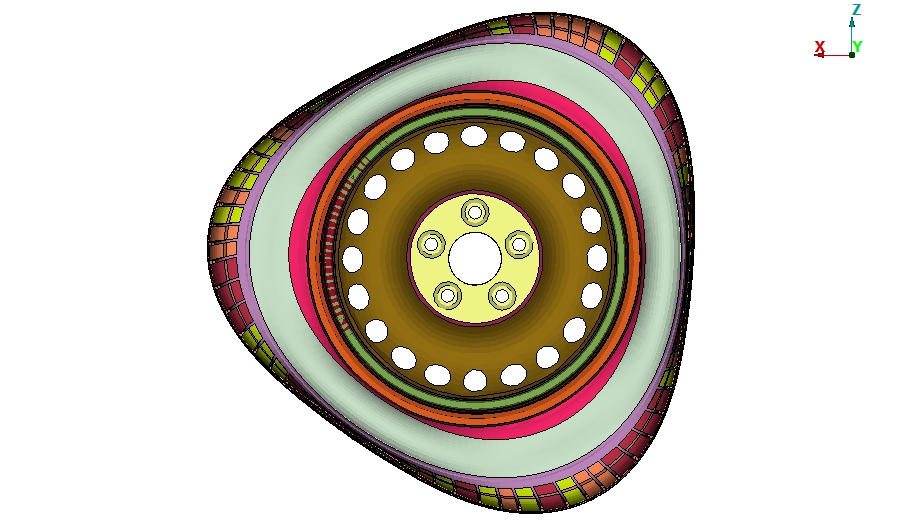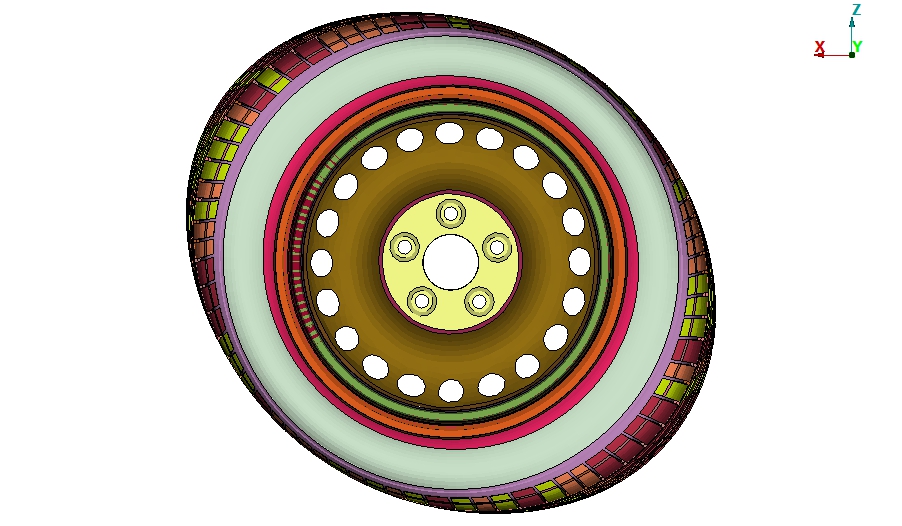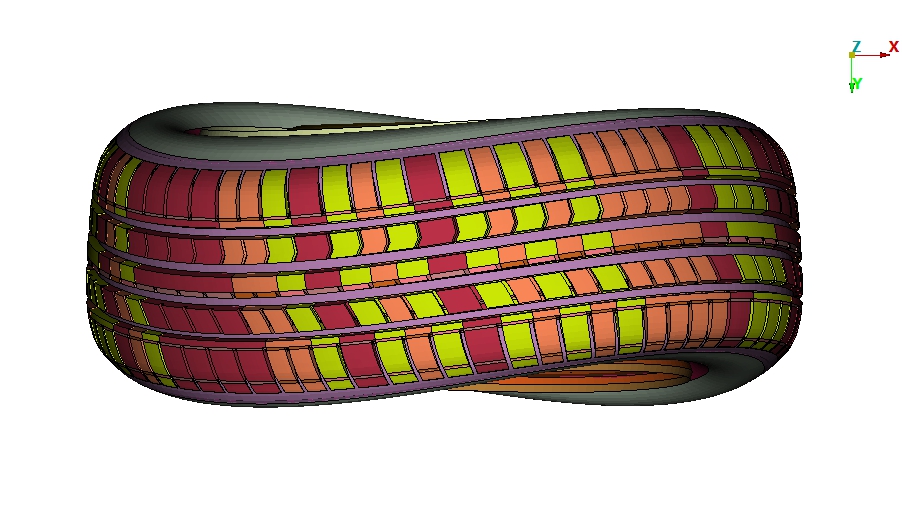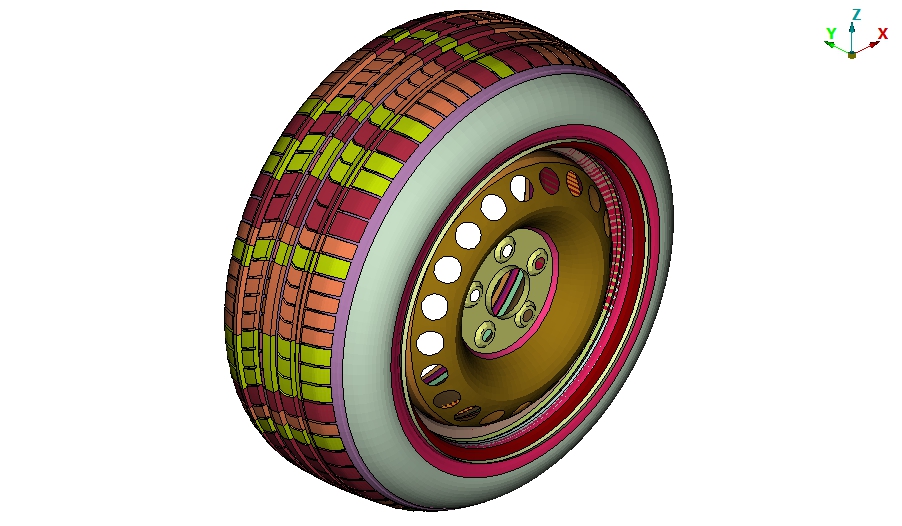There is broad scientific consensus exposure to airborne particulates and/or nocturnal noise leads to adverse health effects. Particulate emissions and noise emissions generated by tyre-road interaction are suspected to contribute to such exposure for those living near busy roads, but current data is inconclusive as to how such emissions depend on characteristics of road surface and driving style. Furthermore, tyre wear particles disperse from their generation at the road surface through the environment: in soil, water bodies and biota. However, quantification is currently lacking.
What is lacking is a body of evidence gathered through reproducible, standardised measurement methods allowing the introduction of justifiable, broadly supported legislative measures to limit particulate and noise emissions from tyres so as to reduce the risk they pose to public health and wellbeing. LEON-T addresses this hiatus. LEON-T will furthermore use the knowledge gained to simulate, design, prototype and test innovative HGV airless tyres that combine the best safety and performance characteristics of current tyres with the lowest noise emissions and wear. This project has received funding from the European Union’s Horizon 2020 research and innovation programme under grant agreement No 955387. The
project
LEON-T aims to significantly increase the body of verified knowledge and evidence about (the measurement of) particle and noise emissions from tyres—and their associated effects on public health and well-being—in order to propose effective and efficient mitigating measures through regulation, labelling and tyre design.
DESCRIPTION
Objectives

